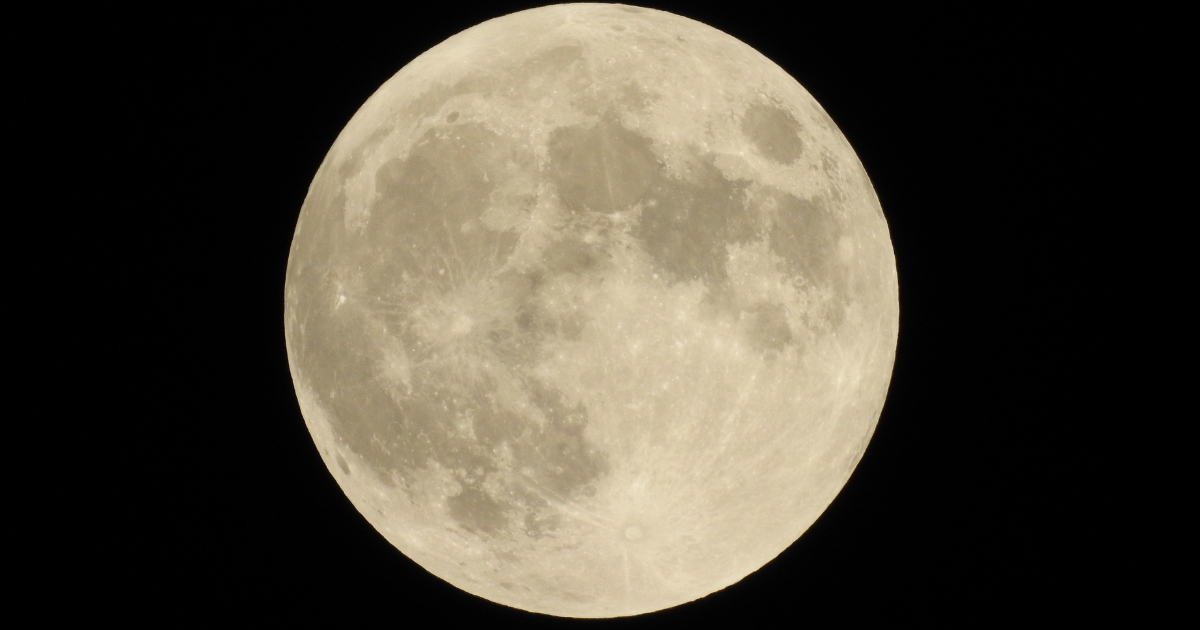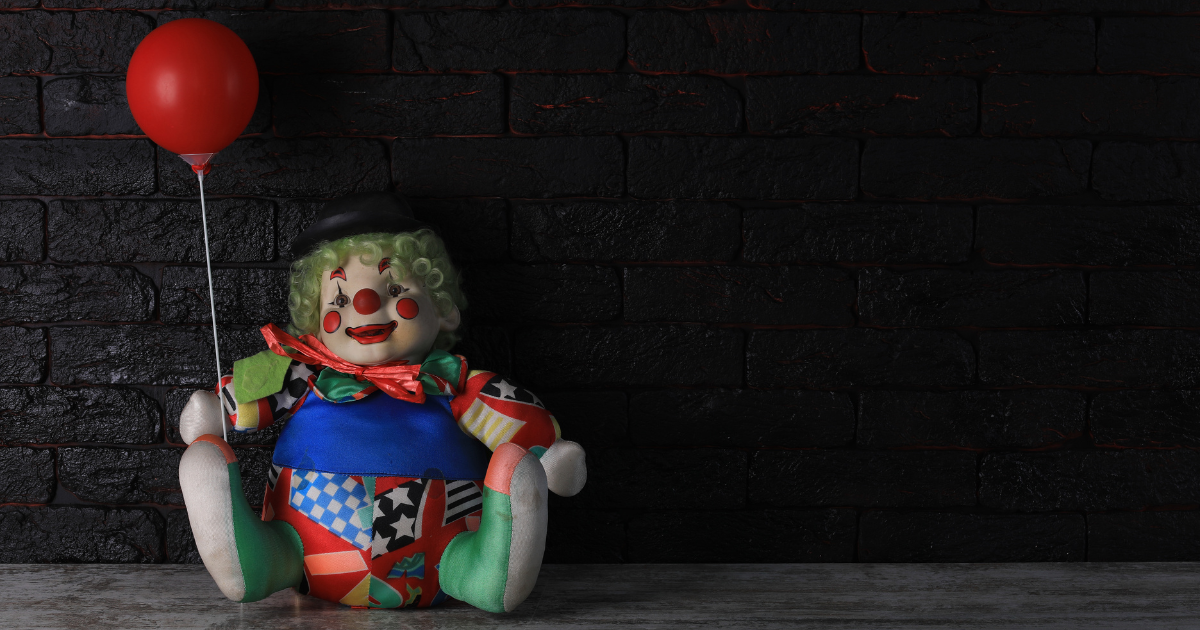Do More People Die During a Full Moon?
The full moon gets blamed for all kinds of nonsense: spates of weirdness or bad luck, general craziness, psychosis. Busy emergency rooms. Increased fatalities. Freak accidents. People are quick to blame a full moon for crimes, mischief, and general bad behavior; there have even been studies into whether car and motorcycle wrecks coincide with the full phase of the moon.
Also, obviously, there’s the werewolf thing.
Fact or fiction?
We the people believe it in droves — anecdotal evidence in the media has supported the phenomenon, and urban legends run a bit wild on the subject. The idea that a full moon pulls on our sanity like it does on the ocean’s tides has a deep and ancient roots. At one point, there was even a (short-lived) law in Britain accounting for the moon’s effects on criminal behavior. Victorian physicians believed that the moon’s fullness could affect the “humors of the body,” reporting spikes in admissions to asylums during its full phase. And don’t forget the word “lunatic” derives from luna, the Latin word for moon.
In death care, the belief of the full moon imposing a death toll persists not because of superstition, but because of experience: first responders, hospital personnel, and funeral professionals alike have attested to an almost predictable uptick in fatalities during a full moon. When this stage of the lunar cycle coincides with odd calls and strange circumstances, such events seem more pronounced.
Maybe we joke about it. But we also check the night sky.
Science the skeptic
Is it reassuring to know that scientific studies do not — so far — implicate the moon, but also do not exclude the possibility of its role in certain sort of “mischief” in human biology?
Homicides, ER activity, and natural deaths have been the basis of research seeking to answer the question of the moon’s effects on human behavior. Findings have, to date, pretty consistently exonerated the moon: thousands of cases of deaths (including suicides) and violent crimes show no relationship with the lunar cycle. Spikes appear due to chance clustering or human error in reporting.
For those whose lives run in close proximity to life’s end, the persistence of this perception is part pattern recognition. Seeing such regularities is a survival skill, if not always an accurate one. But when your business is literally death, such super-honed spidey senses can come with the job. Let’s call that a perk .
As humans, we’re all more likely to pick up the out-of-the-ordinary than we are its absence, when things plug along business as usual. A night of chaos on the full moon is more memorable than a peaceful one.
This isn’t superstition. There’s an instinct-based phenomenon at work when one suspects an eerie link between some event and a full moon. Also, don’t forget the full moon has a vibe: light, shadows, midnight calls — everything gets imbued with its innate silver force. For graveyard shift workers and embalmers, the night’s texture seems touched by the hand of the uncanny.
Understanding these beliefs
There’s practical value in knowing the belief in the power of full moon is pervasive even without an objectively proven basis. Client families may wish to hold cultural ceremonies around the moon’s phases; pagan and folk traditions consider the moon’s full aspect transitional, a portal between states. Recognizing the importance of the natural world’s role can inform cultural sensitivity.
So maybe we can’t prove that the full moon can be fatal. It still shapes our experience. The full moon’s indisputable effects on atmosphere, mood and expectation requires no studies.
Whatever influence the moon has, death care’s work schedule will remain reliable.




